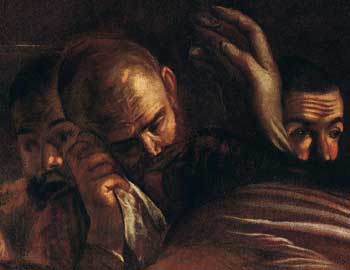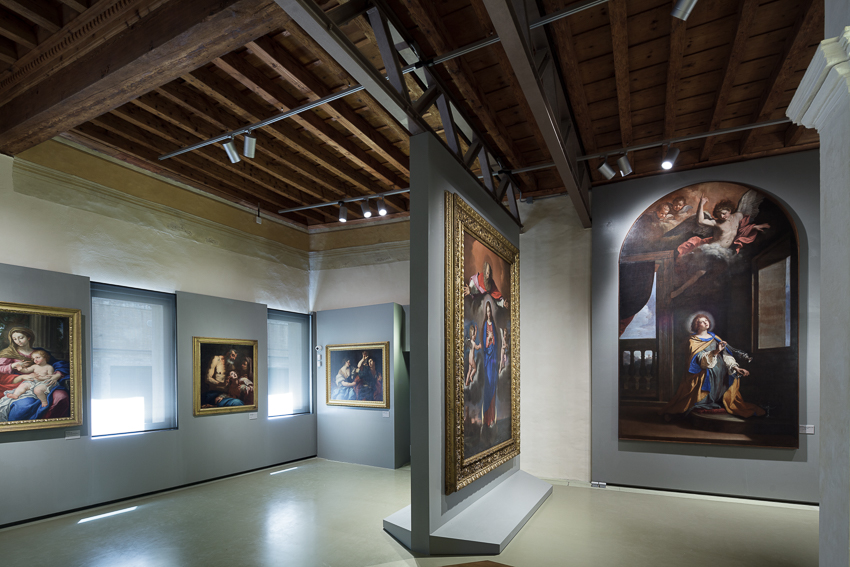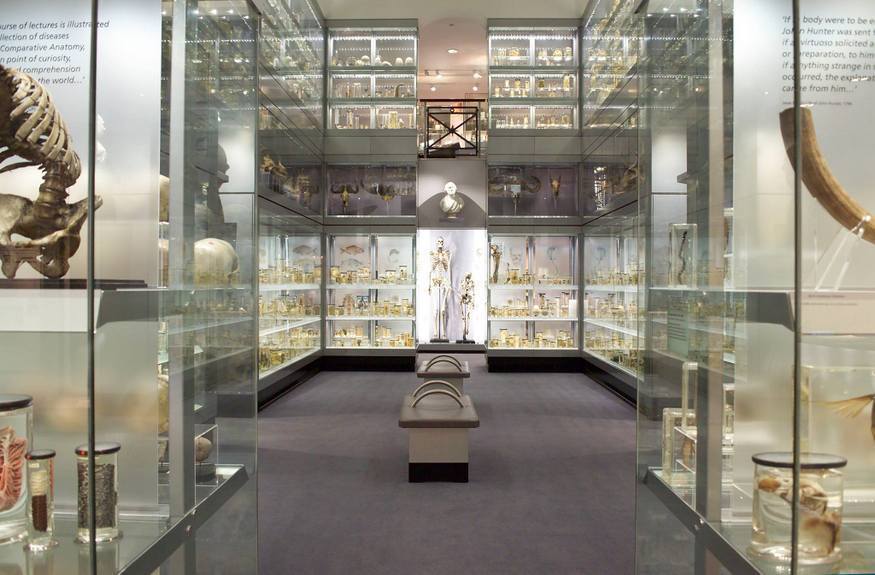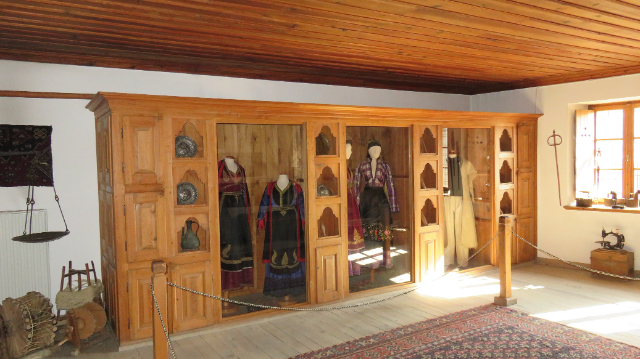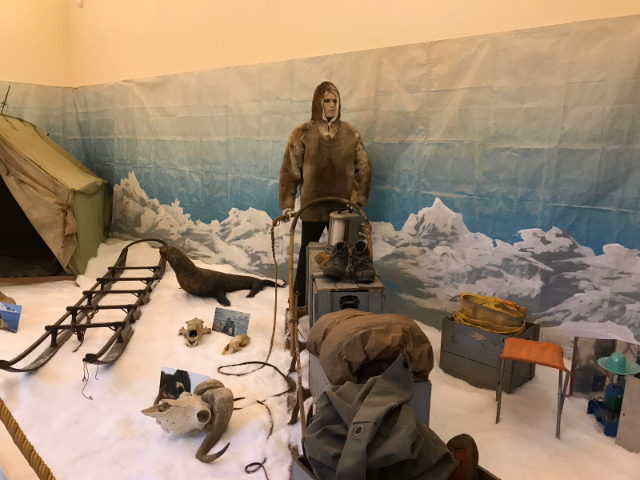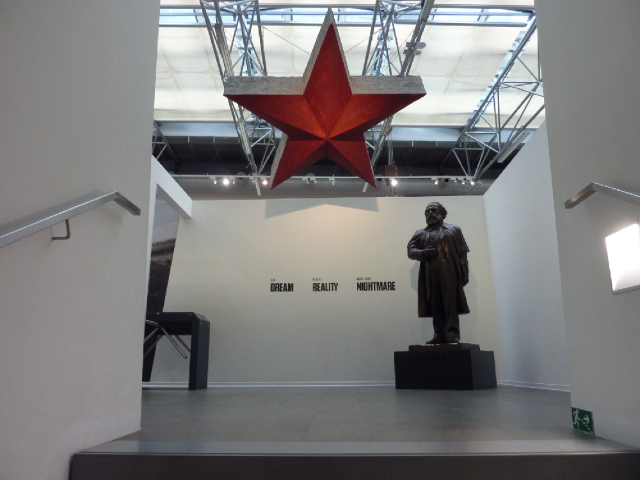Michelangelo Merisi, known as "Caravaggio," came to Syracuse in October 1608 while escaping from the Malta Prison. He was probably aided in his escape by the son of the Marchesa Colonna, who was in Malta as commander of the military fleet: the Colonna family, and in particular the Marchesa, had always protected and supported Michelangelo Merisi and was also working to get the pope to pardon Caravaggio for the murder of Ranuccio Tommasoni (1606). Caravaggio’s presence in Syracuse, however, is shrouded in mystery: in fact, it is not known why he came to take refuge in this very city or why he created one of his greatest masterpieces precisely for the Basilica of Santa Lucia al Sepolcro. Various hypotheses exist in this regard.
– According to Di Silvestro the connection between Malta and Syracuse is a friar , Friar Raphael of Malta, who in those very years was the guardian of the convent of the Basilica: therefore Caravaggio may have made the altarpiece to thank him for his welcome or at the friar’s request.
About the commission, however, there are many other hypotheses:
– According to Susinno (1724), Caravaggio obtained the commission from the celebrated Syracuse man thanks to the help of his friend and colleague Mario Minniti, a famous Syracuse painter with whom Caravaggio had worked in Rome. So Mario Minniti may represent the reason for Caravaggio’s presence in Syracuse. In fact, the commission document has not been traced, but this hypothesis could be justified by the fact that in those very years the senate was providing for the restoration of the Basilica of Santa Lucia extra moenia and that a few years earlier (1605), in a devotional outburst, it had donated relics of the Saint to the Basilica and was collecting the sum needed to make the silver simulacrum of Santa Lucia.
– Capodieci instead claims that the commission for the work came to Caravaggio from Bishop Orosco II. However, this hypothesis should be discarded since in 1608 Orosco II had already been dead for six years.
The bishop who was in office at the time of Caravaggio’s stay in Syracuse was Giuseppe Saladino (1604 to 1611). However, one can justify Capodieci’s error by the fact that it is due precisely to the efforts of Bishop Orosco II that the senate’s renewed devotional impetus toward Saint Lucy was due, a devotion that took shape in the various initiatives of the time. So Orosco II could be considered an indirect patron as the promoter of the initiatives taken by the senate such as the restoration of the Basilica and probably also the commission of the painting.
– According to another hypothesis, the commission of the canvas came from Vincenzo Mirabella a scholar and expert in antiquities as well as a friend of Caravaggio. There are documents that testify that as of January 10, 1590, Mirabella paid the monastery of the Basilica a large sum of money (10 onte). So this particular connection with the Basilica and the monastery hints at Mirabella’s considerable devotion to Saint Lucia so it is plausible that Mirabella himself commissioned the work from Caravaggio.
In the large canvas composed of several pieces of particularly tightly woven hemp, the dominant tones are the warm, calm tones of Syracuse’s latomie. The scene is a ritual drama in a setting that is simultaneously theater, catacomb and latomia.
A host of figures, some mourners, the hand and head of the blessing bishop, an armiger, two ditchers, the old woman kneeling by the body of the martyr lying on the ground with her head upturned and originally detached from her shoulders.
The central figure of the deacon, a coryphaeus with fingers entwined at the level of the groin, wears the only highlights of the cloth: cinnabar and lacquer of garance for his cloak and purple robe. The same color worn by those who pronounced the oath in the temple of Kore protagonist of the very Sicilian myth of the maiden abducted by Hades, who is transported underground, to the realm of the
dead, but then to return periodically to earth thus determining the alternation of the seasons.
The kneeling old woman, the only despairing character, could be the widow Eutyche, Lucia’s mother , whose despair is too similar to that of Demeter over her daughter’s descent into the realm of the dead.
The earth sprinkled with the copious blood of martyrdom, like milk poured in the gardens of Adonis would have propitiated subterranean germination: burial as a prelude to a rebirth, that is, resurrection.
Rebirth to which the oval determined by the silhouettes of the two diggers, in which Lucia’s small body is contained, could also genetically allude.
But the position, especially for the right fossor, is that of two fishermen painted by Giorgio Vasari, who return to Caravaggio’s memory because in the popular language of the Middle Ages the alchemist was compared to the digger or the fisherman.
Alchemy dredged up from the speeches heard among the alembics of Cardinal Bourbon del Monte, Caravaggio’s Roman patron to whom, eleven years earlier he had painted the vault of the alchemy laboratory’s dressing room with a depiction that alludes to the transmutative process of matter to the luminous state of the philosopher’s stone.
In addition to the Vasarian reference in the character on the right, a confirmation on the alchemical function of the fossors in the one on the left: the somatic features reveal an identity with the portrait of Alof de Wignacourt painted by Caravaggio himself. A tribute to the Grand Master of the Order of Malta, to whom he probably owed his escape from the Maltese prison. If the character’s actual function was not that of an alchemist, rather than a tribute it would in fact have been a most serious offense to depict such a character in the guise of a mortician.
Invited to temper the drama he had managed to bring to life in all its rawness by recomposing the decapitated head in a wound that runs across the visible stretch of the saint’s neck, Caravaggio must not have minded too much to contain it in the exclusive metaphorical meanings. Recomposing with the brush the decapitation in a small wound would have made him feel that he was a participant, even operationally, in that process of regeneration previously merely alluded to and delegated.
